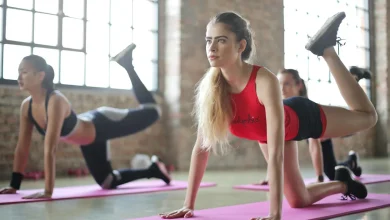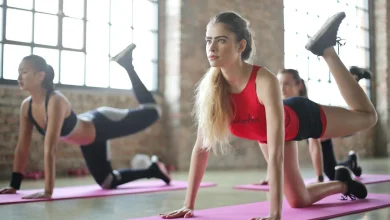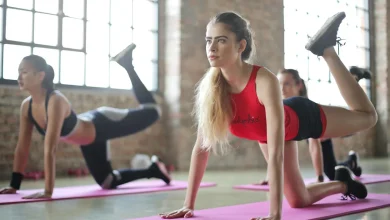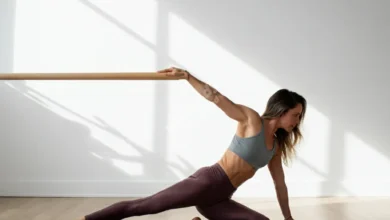Virtual Pilates Classes: Are They as Effective as Studio Sessions?
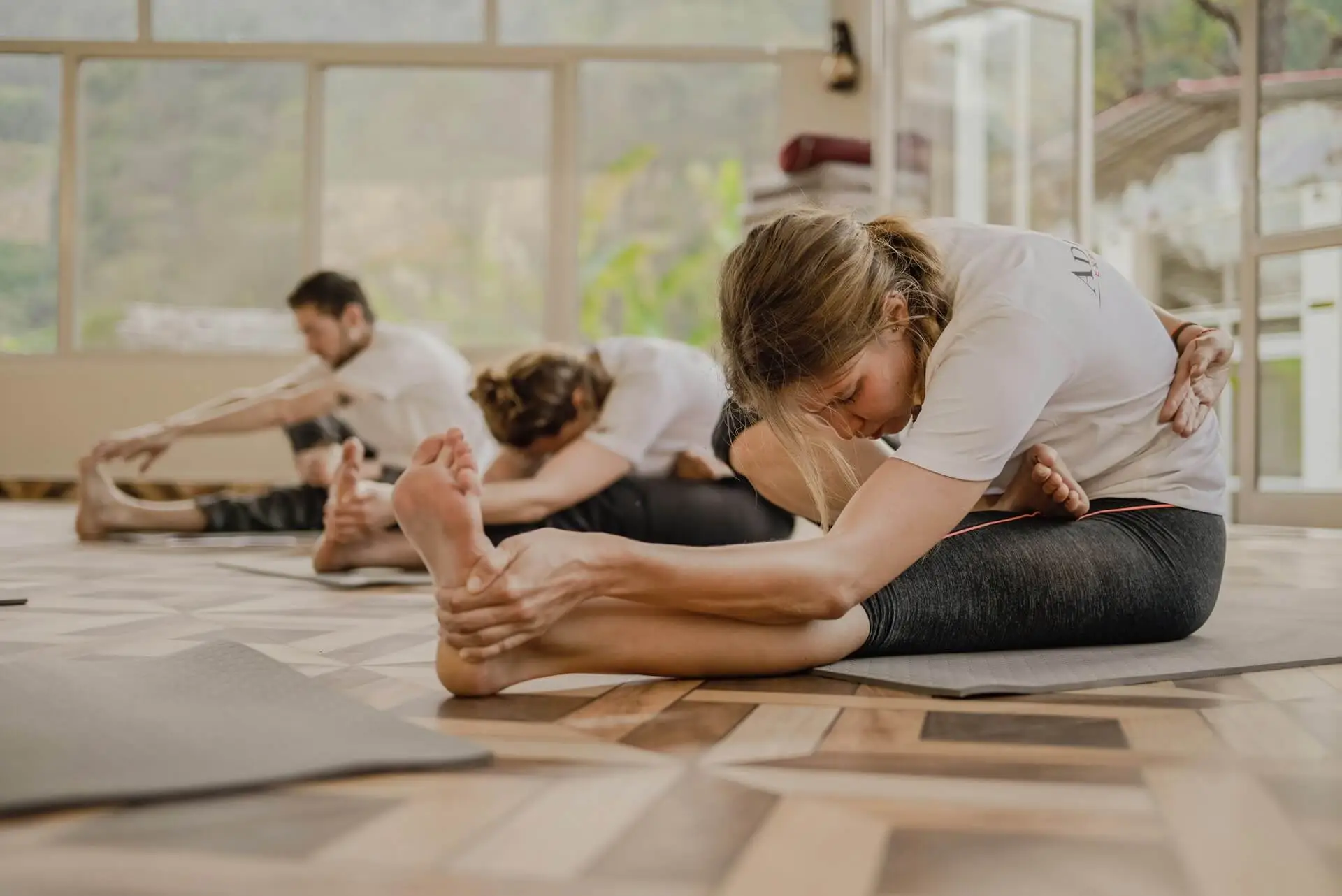
Imagine strengthening your core, improving your flexibility, and boosting your overall well-being—all from the comfort of your living room. Sounds too good to be true? Welcome to the world of virtual Pilates classes!
Pilates, a popular exercise method focusing on core strength, flexibility, and body awareness, has been helping people achieve their fitness goals for decades. But here’s an interesting fact: since the COVID-19 pandemic, the number of people participating in online fitness classes has skyrocketed by 200%. This surge has left many wondering: Are virtual Pilates classes as effective as studio sessions?
In this article, we’ll dive deep into the world of online Pilates, comparing it with traditional studio classes. Whether you’re a Pilates pro or a curious beginner, you’ll find valuable insights to help you make the best choice for your fitness journey.
The Rise of Virtual Pilates Classes
A New Era of Fitness
The fitness world has undergone a major transformation in recent years. Virtual Pilates classes have become increasingly popular, and it’s not hard to see why. Let’s explore the factors driving this trend:
- Convenience: No more rushing to the studio after work or battling traffic. With online classes, your Pilates session is just a click away.
- Accessibility: Live in a rural area? No Pilates studios nearby? No problem! Virtual classes bring expert instruction right to your home.
- Flexibility: Early bird or night owl? Many online platforms offer on-demand classes, allowing you to practice at any time that suits you.
- Cost-effectiveness: Virtual classes often come at a fraction of the cost of studio sessions, making Pilates more accessible to a wider audience.
Technology: The Game Changer
The rise of virtual Pilates wouldn’t be possible without advancements in technology. Here’s how tech has revolutionized the way we practice:
- High-quality video streaming: Crystal clear visuals ensure you can see every movement your instructor demonstrates.
- Interactive platforms: Many online classes now offer real-time feedback through AI technology or live instructor interaction.
- Mobile apps: Practice Pilates anywhere with smartphone apps that put a full studio in your pocket.
- Wearable tech: Fitness trackers can help you monitor your progress and stay motivated during your home Pilates workouts.
The Pandemic Push
While virtual fitness was already on the rise, the COVID-19 pandemic acted as a catalyst. When gyms and studios closed their doors, fitness enthusiasts turned to online options. Many discovered the benefits of virtual Pilates classes and have stuck with them even as restrictions have eased.
A survey by ClubIntel found that 75% of fitness consumers used online workouts during the pandemic, with many planning to continue this habit post-pandemic.
The Future of Fitness?
As we move forward, it’s clear that virtual fitness options, including online Pilates, are here to stay. They offer a flexible, accessible alternative to traditional studio classes. But the big question remains: Can they deliver the same results?
In the next sections, we’ll dive deeper into the pros and cons of virtual vs. studio Pilates sessions. We’ll explore everything from equipment needs to instructor feedback, helping you decide which option might work best for you.
Are you ready to unroll your mat and discover the world of virtual Pilates? Let’s continue our exploration!
Comparing Virtual and Studio Pilates Sessions
To truly understand the effectiveness of virtual Pilates classes, let’s compare them to traditional studio sessions across several key aspects.
Equipment and Space
Studio Sessions:
In a Pilates studio, you’ll typically find:
- Reformers (specialized Pilates machines)
- Mats
- Resistance bands
- Stability balls
- Small weights
These tools allow for a wide range of exercises and modifications.
Virtual Classes:
For home Pilates workouts, you might use:
- A yoga mat
- Resistance bands
- Small weights (optional)
- Household items as props (e.g., towels, water bottles)
While the equipment list is shorter, many effective Pilates exercises require little to no equipment.
Tips for setting up your home Pilates space:
- Choose a quiet area with enough room to move freely
- Ensure good lighting and ventilation
- Use a non-slip mat for safety
- Keep small props within easy reach
Instructor Guidance and Feedback
Studio Sessions:
In-person classes offer:
- Hands-on adjustments
- Immediate verbal feedback
- Visual demonstrations up close
Virtual Classes:
Online instruction provides:
- Verbal cues and explanations
- Visual demonstrations (sometimes from multiple angles)
- Chat functions for questions in live classes
- AI-powered form correction in some advanced platforms
While virtual classes can’t offer physical adjustments, many instructors have adapted their teaching styles to provide clear, detailed verbal instructions.
Motivation and Accountability
Studio Sessions:
In-studio classes provide:
- Group energy and camaraderie
- Scheduled class times
- Direct interaction with instructor and classmates
Virtual Classes:
Online options offer:
- Flexibility to choose class times
- Community features in apps or platforms
- Progress tracking tools
- Option to invite friends to join virtually
Tips for staying motivated during home workouts:
- Schedule your sessions like you would studio classes
- Join live classes for a sense of community
- Use progress tracking features to set and monitor goals
- Create a dedicated workout space to get in the right mindset
Customization and Progression
Studio Sessions:
In-person classes allow for:
- Immediate adjustments based on individual needs
- Personal attention from the instructor
- Hands-on assistance with new or challenging moves
Virtual Classes:
Online platforms offer:
- Various difficulty levels to choose from
- Some platforms use AI to suggest appropriate classes
- Option to pause, rewind, or repeat sections as needed
- Ability to mix and match classes for a personalized routine
While studio sessions might have an edge in personalization, many virtual Pilates classes are becoming increasingly sophisticated in offering tailored experiences.
Benefits of Virtual Pilates Classes
Virtual Pilates classes offer several advantages that make them an attractive option for many fitness enthusiasts:
- Convenience: Practice anytime, anywhere. No need to commute or adhere to strict studio schedules.
- Cost-effectiveness: Online classes are often more affordable than studio sessions, making Pilates more accessible.
- Privacy: Perfect for beginners who might feel self-conscious in a group setting.
- Variety: Access a wide range of instructors and class styles from around the world.
- Flexibility: Choose classes that fit your schedule and energy level on any given day.
- Hygiene: Eliminate concerns about shared equipment or crowded spaces.
- Consistency: It’s easier to maintain a regular practice when you can do it from home.
Potential Drawbacks of Virtual Pilates Classes
While online Pilates offers many benefits, it’s important to consider potential challenges:
- Limited equipment: You may not have access to specialized Pilates equipment at home.
- Reduced personal interaction: Less direct feedback from instructors can make it harder to correct form.
- Distractions: Home environments may have more interruptions than a dedicated studio.
- Self-motivation required: Without the structure of a scheduled class, some may find it harder to stay committed.
- Technical issues: Internet connectivity problems or device limitations can disrupt your practice.
- Space constraints: You may not have enough room at home for all exercises.
Tips for Maximizing the Effectiveness of Virtual Pilates Classes
To get the most out of your home Pilates workouts, try these strategies:
- Create a dedicated space: Set up a specific area for your practice to minimize distractions.
- Invest in basic equipment: A good mat and some resistance bands can greatly enhance your workouts.
- Use a large screen: If possible, stream classes on a TV or large tablet for better visibility.
- Participate in live classes: This can provide a sense of community and real-time interaction.
- Communicate with instructors: Don’t hesitate to ask questions or request clarification during live sessions.
- Focus on form: Without hands-on adjustments, pay extra attention to your alignment and technique.
- Mix it up: Try different instructors and class styles to keep your routine fresh and challenging.
- Schedule your sessions: Treat virtual classes like studio appointments to maintain consistency.
- Use props creatively: Household items can often substitute for specialized equipment.
- Track your progress: Many online platforms offer tools to monitor your improvements over time.
Expert Opinions
To gain more insight into the effectiveness of virtual Pilates classes, we reached out to several Pilates instructors. Here’s what they had to say:
Sarah Johnson, Certified Pilates Instructor:
“Virtual classes can be just as effective as studio sessions if students approach them with focus and dedication. The key is to really tune in to the instructor’s cues and be mindful of your body’s alignment.”
Mark Thompson, Owner of Pilates Plus Studio:
“While I initially had doubts about online instruction, I’ve been amazed at how well many of my clients have progressed with virtual classes. It’s all about finding the right instructor and platform that suits your learning style.”
Dr. Lisa Chen, Physical Therapist and Pilates Practitioner:
“From a medical perspective, the most important aspect of any exercise routine is consistency. If virtual classes help people maintain a regular Pilates practice, then they can certainly be effective for improving strength, flexibility, and overall well-being.”
These expert opinions suggest that while virtual and studio sessions each have their unique advantages, online Pilates effectiveness largely depends on the individual’s commitment and approach to the practice.
Conclusion: Finding Your Perfect Pilates Path
As we’ve explored the world of virtual Pilates classes, it’s clear that they offer a viable and often effective alternative to traditional studio sessions. Let’s recap the key points:
- Virtual classes provide convenience and flexibility, allowing you to practice anytime, anywhere.
- While home Pilates workouts may lack some equipment, many effective exercises can be done with minimal props.
- Online Pilates effectiveness largely depends on your commitment and approach to the practice.
- Both virtual and studio sessions have their unique advantages, and the best choice depends on your personal preferences and circumstances.
So, are virtual Pilates classes as effective as studio sessions? The answer isn’t a simple yes or no. It depends on various factors, including:
- Your learning style
- Your self-motivation
- Your access to equipment
- Your need for social interaction in fitness settings
For many people, a combination of virtual and in-person classes might offer the best of both worlds. This approach allows you to enjoy the convenience of home workouts while still benefiting from occasional hands-on instruction.
Remember, the most effective Pilates practice is the one you’ll stick with consistently. Whether you choose virtual classes, studio sessions, or a mix of both, the key is to find a routine that fits your lifestyle and keeps you motivated.
We encourage you to try both virtual and studio Pilates classes if possible. This firsthand experience will help you determine which format works best for you. Many studios now offer hybrid options, allowing you to seamlessly blend online and in-person sessions.
Ultimately, the goal is to improve your strength, flexibility, and overall well-being. With the right approach, both virtual and studio Pilates can help you achieve these goals. So unroll your mat, fire up your device or head to the studio, and embark on your Pilates journey. Your body (and mind) will thank you!
FAQs about Virtual Pilates Classes
To wrap up our exploration, let’s address some common questions about online Pilates:
- Q: Do I need special equipment for virtual Pilates classes?
A: While some equipment can enhance your practice, many effective Pilates exercises require only a mat. As you progress, you might consider investing in resistance bands or small weights. - Q: How often should I do virtual Pilates classes?
A: For best results, aim for 2-3 sessions per week. Consistency is key in Pilates, so find a schedule that works for you and stick to it. - Q: Can beginners start with virtual Pilates classes?
A: Absolutely! Many online platforms offer beginner-friendly classes. Look for introductory series that focus on proper form and basic Pilates principles. - Q: How can I ensure I’m using proper form during virtual classes?
A: Pay close attention to the instructor’s cues, use a mirror if possible, and don’t hesitate to ask questions during live classes. Some platforms also offer AI-powered form correction. - Q: Are virtual Pilates classes safe?
A: When done correctly, virtual Pilates classes are generally safe. Always listen to your body, don’t push beyond your limits, and consult with a healthcare provider if you have any medical concerns.
We hope this article has provided valuable insights into the world of virtual Pilates. Whether you’re a seasoned practitioner or a curious beginner, online classes offer an exciting opportunity to enhance your Pilates journey. Why not give it a try? Your stronger, more flexible self is just a click away!
